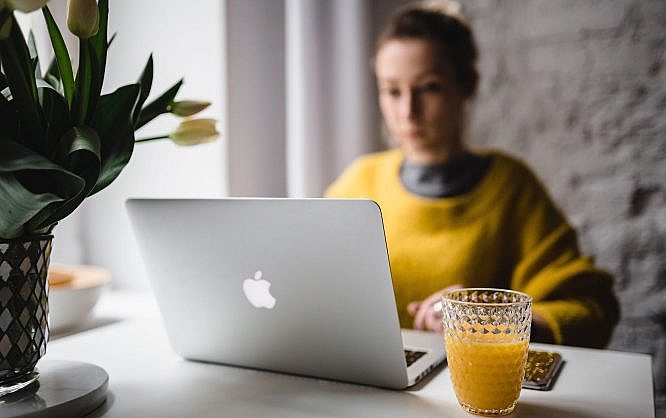How Freelance Designers Can Work Safely

Even as many countries start to emerge from pandemic-induced lockdown, it’s unlikely that the business world as a whole will ever return in full force to the traditional office structure. It’s been made abundantly clear that people can — and do — work just as productively from afar as they do when asked to work alongside their colleagues under controlled conditions.
Couple this with the still-rising acceptance of freelancing as a staple of modern business, and you have a recipe for great opportunity in the design world for anyone who wants to build a career without getting tied to any given company for very long. That said, there are some challenges that must be acknowledged — and one of them is operational security.
Not only do designers need to keep their work (and their devices) secure to prevent the loss of vital files and data, but they also need to be able to assure their prospective clients that they can handle provided resources safely. In this post, we’re going to run through some core tips for how freelance designers can work safely. Let’s get started.
Use a strong VPN at all times
A VPN, or virtual private network, allows an internet user to cover and protect their internet activity by routing it through a proxy server that leads to a safe connection elsewhere. Anyone who attempts to hack their connection or just glean something from it — location, user identity, etc. — will simply run into the generic details of the VPN service.
VPNs have become very popular in recent years because they allow people to access region-locked content and services, but they’re also vital in business because a company can use a dedicated VPN to restrict access to its resources. A freelance designer not beholden to a particular client should use a VPN to shield their activity, and be aware that they may be asked to route their connection through a provided service when working with a cautious customer.
Store everything in the cloud
Storing work files locally is a recipe for disaster. Not only does it make it harder to work from multiple devices (a designer might want to use a laptop and a desktop, for instance), but it also puts important work at great risk. Computer hardware can fail, and laptops can be stolen. The one advantage of local storage — the exceptional security — isn’t worth the risks.
Cloud storage is the answer, making key files accessible from anywhere and ensuring that they’re safely backed up regardless of what happens with the devices used to work on them. It’s vital to choose the right cloud storage, though: free services such as Google Drive or Dropbox can be solid, but it’s worth moving up to a paid tier for the added space and protection.
Protect all vital work devices
Even when there’s no risk of data loss, work devices still need to be carefully protected. The best laptops for graphic design (having color-accurate displays and ideally touchscreens) tend to be fairly expensive, and while it’s certainly possible to get insurance to cover them, that won’t help much if there’s a client deadline to be hit shortly after such a device is stolen.
Strong authentication should absolutely be used, ensuring that no one who gains physical access to a work device can access the files: that means passwords that can’t realistically be guessed, and account recovery details that can’t be figured out through clever social engineering. Devices should also be protected from damage: a strong case can add a lot of irritating bulk, but it’s worth it to avoid a shattered display.
Maintain client boundaries
Lastly, when we talk about safety, something that needs to be considered is the maintenance of professional-client relations. Freelancing has many benefits, but one of the drawbacks is that a freelancer typically deals with a lot of different clients — and some of them will inevitably be difficult in some ways. This isn’t usually malicious, but it can be very inconvenient.
Among other things, maintaining boundaries means never giving a client unfettered access to personal storage. If work files must be monitored along the way (perhaps for accountability purposes), they should be kept in client storage. If a designer allows a client to access their cloud storage then falls out with them in some way, they’ll be in a vulnerable position — and it’s hardly unheard of for a petty professional dispute to descend into petty actions borne of spite.
It’s far from impossible to work safely as a modern freelance designer. Provided you take sensible precautions, you can work with minimal restrictions, changing your location and your clients as you prefer without putting your work at risk — but if you don’t take those precautions, you’ll be putting your livelihood and your reputation at risk. Take it seriously, do what needs to be done, and you’ll likely have no problems.
Feature image credit: https://www.piqsels.com/en/public-domain-photo-szepp

Store everything in the cloud?!?? Here ended everything! The best recipe about how to lose everything!